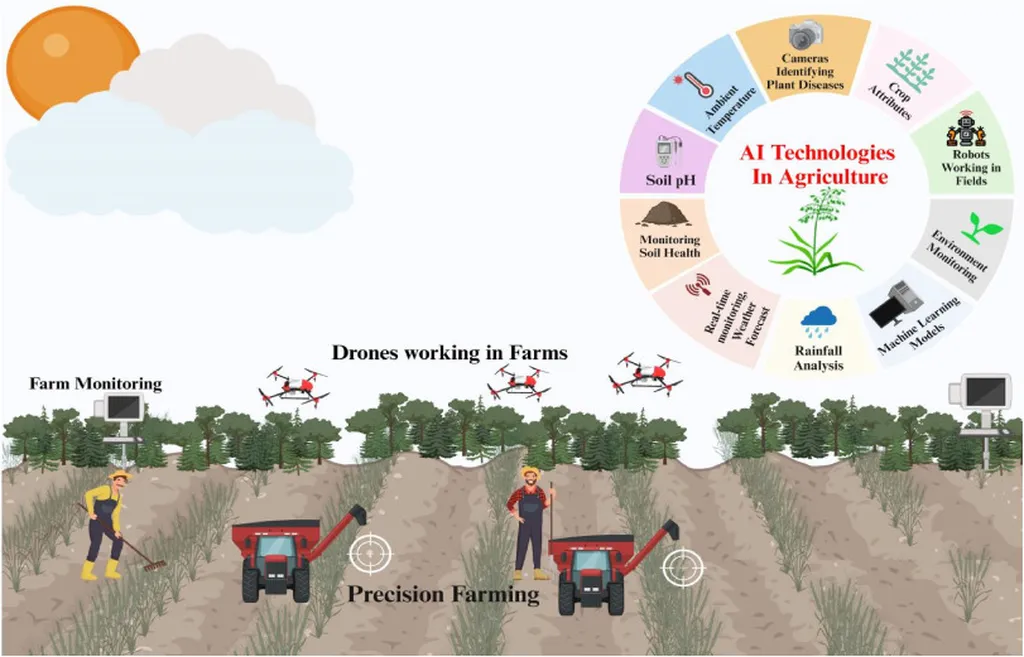In a significant stride towards bridging the gap between cognitive science and artificial intelligence, researchers have developed a novel framework that could revolutionize computer vision, particularly in the agriculture sector. Published in *Advanced Science*, the study introduces a cognitive modeling framework (CMF) that goes beyond the conventional attention-based mechanisms of deep neural networks, mimicking a broader spectrum of human visual cognition.
The research, led by Guorun Li from the College of Engineering at China Agricultural University, proposes a three-stage framework: functional abstraction, operator structuring, and program agent. This approach defines basic image features as long-term memory content in vision deep neural networks (VDNNs), enhancing their ability to process and interpret visual data more efficiently.
One of the standout contributions of this study is the introduction of a memory modeling method based on the fast Fourier transform (FFT) and statistical methods, dubbed the unbiased mapping algorithm (UMA). This innovation allows VDNNs to handle data independently of distribution and scale, a critical factor for real-world applications where data variability is the norm.
The researchers developed visual cognitive neural units (VCNUs) and a baseline model (VCogM) based on CMF and UMA. Performance testing on various datasets, including natural scene recognition and agricultural image classification, showed that VCogM and VCNU achieved state-of-the-art (SOTA) performance. This breakthrough could have profound implications for the agriculture sector, where precise image classification and recognition are essential for tasks such as crop monitoring, pest detection, and yield estimation.
“Our model’s learning process is independent of data distribution and scale, fully demonstrating the rationality of cognitive-inspired modeling principles,” said Li. This independence from data variability is a game-changer, as it ensures consistent performance across different environments and conditions, a common challenge in agricultural settings.
The integration of cognitive science and AI, as demonstrated in this research, opens up new avenues for developing more intuitive and efficient computer vision systems. For the agriculture sector, this could mean more accurate and reliable tools for monitoring and managing crops, ultimately leading to improved productivity and sustainability.
As the field continues to evolve, the principles outlined in this study could shape the future of AI, driving innovations that are not only technologically advanced but also deeply rooted in the principles of human cognition. The research findings provide a promising path forward, highlighting the potential of cognitive-inspired modeling in advancing the capabilities of AI systems.

